

Articles
How To Clean Washer And Dryer
Modified: January 6, 2024
Discover effective methods and tips on how to clean your washer and dryer in this informative articles. Keep your appliances spotless and running efficiently!
(Many of the links in this article redirect to a specific reviewed product. Your purchase of these products through affiliate links helps to generate commission for Storables.com, at no extra cost. Learn more)
Introduction
Keeping your washer and dryer clean is essential for ensuring their optimal performance and longevity. Over time, dirt, grime, and residue can build up inside these appliances, affecting their efficiency and even causing malfunctions. Regular cleaning not only helps to maintain the functionality of your washer and dryer but also promotes better hygiene and keeps your clothes smelling fresh. In this article, we will guide you through the process of cleaning your washer and dryer effectively, ensuring that they remain in top-notch condition.
When it comes to cleaning your washer and dryer, it’s important to approach the task with care and follow the proper steps. From gathering the necessary tools and materials to taking safety precautions, we will cover all the essential aspects to guarantee a successful cleaning experience. Additionally, we will provide tips on how to maintain a clean washer and dryer for the long term, as well as highlight common mistakes that you should avoid.
By dedicating some time and effort to clean your washer and dryer regularly, you can extend their lifespan and prevent potential issues down the line. So, let’s get started with understanding why regular cleaning is crucial.
Key Takeaways:
- Regularly cleaning your washer and dryer is crucial for optimal performance, hygiene, and energy efficiency. Follow the step-by-step guides and tips provided to ensure your appliances remain in top-notch condition.
- Avoid common mistakes such as using abrasive cleaners, overloading the appliances, and neglecting hidden areas to effectively clean your washer and dryer. Regular maintenance and proper cleaning will keep your appliances in optimal condition.
Read more: How To Clean A Washer And Dryer
Why it’s important to clean your washer and dryer regularly
Over time, dirt, soap scum, and other debris can accumulate inside your washer and dryer. These build-ups can interfere with the proper functioning of the appliances, leading to issues like reduced efficiency, longer drying times, and even causing malfunctions. Additionally, the accumulation of dirt and residue can result in unpleasant odors, which can transfer to your clothes.
Regular cleaning helps to remove these deposits and ensure that your washer and dryer continue to operate at their best. By eliminating dirt and grime, you can improve the efficiency of your appliances, allowing them to use less energy and save you money on utility bills. Clean appliances also help to maintain the quality and freshness of your clothes, avoiding any unpleasant smells or stains.
Besides the functional benefits, cleaning your washer and dryer also has hygienic advantages. These appliances come into direct contact with dirty laundry, and without regular cleaning, bacteria, mold, and mildew can thrive in the moist and warm environment. By cleaning these appliances, you can eliminate these harmful microorganisms and prevent cross-contamination of your laundry, ensuring that your clothes are clean and safe to wear.
Now that we understand why it is so important to clean your washer and dryer regularly, let’s move on to the tools and materials you will need for the cleaning process.
Key Takeaways:
- Regularly cleaning your washer and dryer is crucial for optimal performance, hygiene, and energy efficiency. Follow the step-by-step guides and tips provided to ensure your appliances remain in top-notch condition.
- Avoid common mistakes such as using abrasive cleaners, overloading the appliances, and neglecting hidden areas to effectively clean your washer and dryer. Regular maintenance and proper cleaning will keep your appliances in optimal condition.
Read more: How To Clean A Washer And Dryer
Why it’s important to clean your washer and dryer regularly
Keeping your washer and dryer clean is not just about maintaining an aesthetically pleasing appearance, but it is also crucial for their optimal performance and longevity. While these appliances are designed to clean your clothes, they can accumulate dirt, grime, and residue over time, which can affect their efficiency and even lead to malfunctions.
One of the main reasons to clean your washer and dryer regularly is to remove the build-up of dirt and debris on different components. In the washer, detergent residue, fabric softener, and lint can accumulate in the drum, dispenser, and other parts. This build-up can affect the washer’s ability to clean and rinse your clothes effectively. Moreover, it can also result in unpleasant odors that get transferred to your laundry.
In the dryer, lint is the primary concern when it comes to regular cleaning. Lint accumulates on the lint trap and vent, restricting airflow and causing the dryer to work harder to dry your clothes. This not only reduces the dryer’s efficiency but can also be a fire hazard. Regularly cleaning the lint trap and vent is therefore essential for preventing dryer fires and ensuring that your dryer operates safely and effectively.
Cleaning your washer and dryer also helps to maintain good hygiene. These appliances come into direct contact with your dirty laundry, and without regular cleaning, bacteria, mold, and mildew can thrive in the moist and warm environment. This can not only lead to unpleasant odors but also contaminate your clothes, potentially posing a health risk. By cleaning your washer and dryer, you can remove these harmful microorganisms, ensuring that your clothes are clean and safe to wear.
Another important reason to clean your washer and dryer is to improve their energy efficiency. When dirt and residue build-up in the washer and dryer, it can impede proper functioning and cause these appliances to consume more energy. By cleaning them regularly, you can maintain their efficiency and reduce electricity consumption, which not only benefits the environment but also saves you money on utility bills.
In addition to the functional benefits, regular cleaning of your washer and dryer helps to prolong their lifespan. When dirt and grime accumulate, it can put extra strain on the internal components, leading to premature wear and tear. By keeping these appliances clean, you can reduce the risk of malfunctions and increase their longevity.
Overall, regular cleaning of your washer and dryer is essential for maintaining their performance, hygiene, energy efficiency, and lifespan. By investing a little time and effort into cleaning these appliances, you can ensure that they continue to provide you with clean, fresh-smelling clothes while avoiding potential issues and costly repairs.
Now that we understand the importance of regular washer and dryer cleaning, let’s move on to the tools and materials you will need for the cleaning process.
Tools and Materials You Will Need
Before you embark on the task of cleaning your washer and dryer, it’s important to gather the necessary tools and materials. Having everything ready beforehand will ensure a smooth and efficient cleaning process. Here are the essential tools and materials you will need:
- Cleaning solution: Choose a mild detergent or a specific washer and dryer cleaner recommended by the manufacturer. Avoid using harsh chemicals that could damage the interiors of your appliances.
- Vinegar: This household staple is excellent for removing limescale and odors from your washer. Distilled white vinegar is the most suitable option.
- Baking soda: Another versatile cleaning agent, baking soda helps to remove stains and odors from your appliances.
- Microfiber cloths: These soft and absorbent cloths are ideal for wiping down surfaces without leaving lint behind.
- Toothbrush: A toothbrush with soft bristles can be handy for reaching tight corners and crevices that are harder to clean with larger tools.
- Gloves: Protect your hands by wearing rubber or latex gloves throughout the cleaning process.
- Sponge or scrub brush: For stubborn stains or residue, you may need a sponge or scrub brush to scrub the surfaces gently.
- Lint brush: In addition to cleaning the lint trap, a lint brush can help you remove any accumulated lint from the vent and other areas of the dryer.
- Water supply: Make sure you have access to warm water to mix with the cleaning solutions and rinse the surfaces.
These tools and materials will provide you with everything you need to effectively clean your washer and dryer. It’s always a good idea to check your appliances’ user manual or the manufacturer’s website for any specific cleaning recommendations or additional tools that might be required.
Now that you’ve gathered the necessary tools and materials, it’s important to take some safety precautions before diving into the cleaning process. Let’s go over these precautions in the next section.
Safety Precautions to Take Before Cleaning
Before you begin cleaning your washer and dryer, it’s important to prioritize safety and take certain precautions. These precautions will help ensure that you have a safe and risk-free cleaning experience. Here are the safety tips to keep in mind:
- Turn off and unplug: Before starting any cleaning process, ensure that both your washer and dryer are turned off and unplugged. This will minimize the risk of electrical shocks or accidents while handling the appliances.
- Read the manufacturer’s instructions: Consult the user manual or the manufacturer’s website for any specific safety guidelines or precautions. Different washer and dryer models may have unique features or requirements that you need to be aware of.
- Use protective gloves: Wear rubber or latex gloves to protect your hands from any harsh cleaning chemicals or potential allergens.
- Work in a well-ventilated area: Ensure that the area where you’re cleaning your washer and dryer is well-ventilated to avoid inhaling fumes or chemical odors. If necessary, open windows or use a fan to improve air circulation.
- Avoid contact with heating elements: When cleaning your dryer, be cautious not to touch the heating elements, as they can be extremely hot and cause burns.
- Use caution with water: As you clean the washer and dryer, be mindful of water exposure. Ensure that no electrical components or outlets come into contact with water to prevent any electrical hazards.
- Handle cleaning agents properly: When using cleaning solutions, follow the instructions on the packaging to ensure safe and effective usage. Avoid mixing different cleaning agents, as this can create hazardous fumes.
- Keep children and pets away: During the cleaning process, keep children and pets away from the appliances and the cleaning area to prevent accidents or ingestion of harmful substances.
- Secure cords and hoses: Check that all cords and hoses are securely attached before and after cleaning. This will help prevent tripping hazards or any leaks that could cause water damage.
By following these safety precautions, you can minimize the risk of accidents and ensure a safe cleaning process for your washer and dryer. With the necessary tools, materials, and knowledge of safety measures, you’re now ready to start cleaning your washer. We will guide you through the step-by-step process in the next section.
To clean your washer, run a hot water cycle with vinegar and baking soda. For the dryer, remove lint from the filter and vacuum the vent.
Read more: How To Move A Washer And Dryer
Step-by-Step Guide on Cleaning the Washer
Regularly cleaning your washer is vital for maintaining its performance and preventing the build-up of dirt, residue, and odors. Follow these step-by-step instructions to effectively clean your washer:
- Prepare the cleaning solution: Mix a mild detergent or a washer cleaner with warm water according to the manufacturer’s instructions. Alternatively, you can use a mixture of white vinegar and water for a natural cleaning solution.
- Empty the washer: Remove any items from the washer, including clothes, fabric softener dispensers, and other removable parts.
- Clean the dispensers: If your washer has detergent and fabric softener dispensers, remove them and soak them in the cleaning solution. Use a sponge or brush to scrub away any residue or build-up, then rinse thoroughly with warm water.
- Wipe down the drum: Dip a microfiber cloth or sponge in the cleaning solution and wipe down the inside of the drum, paying attention to the agitator or impeller if present. Remove any visible stains or debris.
- Run a cleaning cycle: Depending on your washer model, select the cleaning cycle or the longest and hottest water setting. Add the remaining cleaning solution to the drum and run a complete cycle without any clothes. This will help eliminate any hidden dirt and odors.
- Clean the door or lid: While the cleaning cycle is running, use a damp cloth soaked in the cleaning solution to wipe down the door or lid, including the seal and glass if applicable. Pay attention to any areas with visible dirt or buildup.
- Rinse the drum: After the cleaning cycle is complete, run an additional cycle with just warm water to rinse away any remaining cleaning solution or residue.
- Dry the washer: Once the rinsing cycle is finished, leave the washer door or lid open to air-dry completely. This will prevent the growth of mold or mildew.
- Clean the exterior: Finally, wipe down the exterior of the washer with a clean, damp cloth to remove any dust or smudges. Dry the surface thoroughly with a separate cloth.
Remember to consult your appliance’s user manual for any specific guidelines or recommendations for cleaning your washer. By following these steps regularly, you can ensure a clean and efficient washer that keeps your clothes fresh and free of unwanted odors.
Now that you have successfully cleaned your washer, it’s time to move on to the dryer. We will guide you through the step-by-step process in the next section.
Step-by-Step Guide on Cleaning the Dryer
Cleaning your dryer regularly is essential not only for maintaining its performance but also for preventing fire hazards caused by lint buildup. Follow these step-by-step instructions to effectively clean your dryer:
- Unplug the dryer: Before beginning the cleaning process, make sure the dryer is unplugged from the power source for safety.
- Clean the lint trap: Remove the lint trap or filter from the dryer. Use your hands or a soft brush to remove any lint accumulated on the surface. Rinse the lint trap with warm, soapy water and allow it to air dry completely before reinserting it into the dryer.
- Vacuum the lint trap area: Use a vacuum cleaner with a hose attachment to remove any lint or debris from the area where the lint trap is inserted. Be thorough and reach into the crevices to ensure all lint is removed.
- Clear the vent hose: Disconnect the vent hose from the back of the dryer. Use a vacuum cleaner or a long brush to clean inside the vent hose and remove any lint or obstructions. If the vent hose is severely clogged, you may need to replace it for optimal airflow.
- Inspect the vent opening: Locate the vent opening where the dryer expels air outside your home. Check for any obstructions like bird nests or debris that may be blocking the vent. Clear away any obstructions to ensure proper ventilation.
- Clean the dryer drum: Using a damp cloth or sponge, wipe down the inside of the dryer drum to remove any dirt or residue. Pay close attention to any areas with visible stains or spills and ensure they are thoroughly cleaned.
- Clean the exterior: Wipe down the exterior of the dryer, including the control panel and knobs, with a clean cloth dampened with mild soap and water. Dry thoroughly with a separate cloth.
- Inspect and clean the exhaust vent: Locate the exhaust vent where the dryer is connected to the wall or floor. Check for any lint or debris and remove it using a vacuum cleaner or a long brush. Ensure that the vent cover is securely in place.
- Plug the dryer back in: Once you have completed the cleaning process and ensured that everything is dry and in place, plug the dryer back into the power source.
It’s essential to perform these cleaning steps regularly to maintain the efficiency and safety of your dryer. By eliminating lint buildup and ensuring proper ventilation, you can prevent fire hazards and keep your dryer running smoothly for years to come.
Now that you have successfully cleaned your washer and dryer, it’s important to follow some tips to help maintain their cleanliness and efficiency. We will share these tips in the next section.
Tips for Maintaining a Clean Washer and Dryer
After cleaning your washer and dryer, it’s important to implement some maintenance habits to keep them clean and functioning efficiently. Here are some helpful tips for maintaining a clean washer and dryer:
- Wipe down the appliances regularly: Take a few moments after each use to wipe down the exterior of the washer and dryer with a damp cloth. This will help prevent the accumulation of dust and keep them looking clean.
- Leave the door or lid open: After each use, leave the door or lid of the washer open to allow air to circulate and dry out the interior. This will help prevent the growth of mold and mildew.
- Empty the lint trap: Make it a habit to empty the lint trap after every drying cycle. This reduces the risk of lint buildup and improves the dryer’s efficiency. Consider keeping a reminder near your dryer to ensure you don’t forget this important step.
- Clean the lint trap area: In addition to emptying the lint trap, regularly vacuum or wipe down the area where the lint trap is inserted. This will prevent lint from accumulating in the crevices and restrict airflow.
- Inspect venting regularly: Check the vent hose and the exterior vent opening periodically for any obstructions or buildup. Remove any lint or debris that may be blocking the airflow to prevent dryer inefficiency and fire hazards.
- Use the correct detergent: Ensure you are using the appropriate detergent for your washer. Using too much detergent can lead to residue buildup, while using too little might not provide effective cleaning. Follow the manufacturer’s recommendations for optimal results.
- Run a maintenance cycle: Some washers have a maintenance or self-cleaning cycle. Run this cycle regularly to help remove any built-up residue and keep your washer clean.
- Clean up spills and stains promptly: If you notice any spills or stains inside the washer or dryer, clean them up right away. This prevents them from becoming more difficult to remove and ensures a clean interior.
- Keep the laundry area clean: Maintain a tidy and organized laundry area to prevent any dust or dirt from getting inside the washer or dryer. Regularly dust the surroundings and keep the floor clean to minimize the introduction of debris.
- Follow laundry guidelines: Properly sort your laundry according to fabric types and recommended washing temperatures. This ensures that your washer operates efficiently and prevents damage to your clothes.
By implementing these tips into your laundry routine, you can maintain a clean and efficient washer and dryer. Regular maintenance and cleaning will not only prolong the life of your appliances but also help you achieve excellent washing and drying results consistently.
Now that you have learned valuable tips for maintenance, it’s essential to be aware of common mistakes to avoid when cleaning your washer and dryer. We will discuss these mistakes in the next section.
Common Mistakes to Avoid When Cleaning
While cleaning your washer and dryer, it’s important to be aware of common mistakes that can hinder your cleaning efforts or potentially damage the appliances. By avoiding these mistakes, you can ensure a successful and effective cleaning process. Here are some common mistakes to avoid:
- Using abrasive cleaners: Avoid using harsh or abrasive cleaners that can damage the surfaces of your washer and dryer. Stick to mild detergents or cleaners recommended by the manufacturer.
- Neglecting to read the user manual: Each washer and dryer model may have specific cleaning instructions or precautions. Always refer to the user manual or the manufacturer’s website to ensure you are following the proper cleaning guidelines.
- Skipping regular maintenance: Cleaning your washer and dryer is important, but don’t forget about regular maintenance tasks such as checking hoses, vents, and other components. Ignoring these maintenance tasks can lead to reduced efficiency and potential issues.
- Overloading the washer and dryer: Overloading the appliances with too much laundry can put strain on the internal components and impede proper cleaning or drying. Follow the recommended load capacity guidelines to avoid damaging your appliances.
- Ignoring hidden areas: Make sure to thoroughly clean all areas of the washer and dryer, including crevices, seals, and dispensers. Neglecting these hidden areas can result in residue build-up and decreased performance.
- Using excess detergent or fabric softener: Using more detergent or fabric softener than necessary does not equate to cleaner or softer clothes. Excessive amounts can lead to residue build-up in the washer and dryer, affecting their performance.
- Forgetting to clean the drum after spills: If you accidentally spill any liquid inside the washer or dryer, clean it up immediately. Ignoring spills can result in stains or damage to the appliance’s interior.
- Skipping regular lint trap cleaning: Neglecting to clean the lint trap after each drying cycle can lead to reduced airflow, longer drying times, and even a fire hazard. Remember to clean the lint trap to maintain dryer efficiency and safety.
- Using excessive force: Be gentle when cleaning the interior and exterior of your washer and dryer. Using excessive force or harsh scrubbing can damage delicate components or remove paint from the surfaces.
- Not scheduling regular cleanings: Make it a habit to clean your washer and dryer regularly. Set reminders or create a cleaning schedule to ensure that you don’t forget this important maintenance task.
By avoiding these common mistakes, you can effectively clean your washer and dryer without causing any damage or compromising their performance. Regular cleaning and proper maintenance will help keep these appliances in optimal condition, providing you with clean and fresh laundry every time.
After understanding the common mistakes to avoid, it’s crucial to recap the importance of cleaning your washer and dryer regularly. Let’s conclude with a summary of the key points discussed in this article.
Read more: How To Stack Washer And Dryer
Conclusion
Maintaining a clean washer and dryer is essential for their optimal performance, longevity, and your overall laundry experience. Regular cleaning helps to remove dirt, grime, and residue that can accumulate over time, leading to reduced efficiency, odors, and even malfunctions. By following the step-by-step guides and implementing the tips provided in this article, you can ensure that your washer and dryer remain in top-notch condition.
When cleaning your washer and dryer, it’s important to gather the necessary tools and materials and take safety precautions. By using the right cleaning solutions, wiping down the drum, cleaning the dispenser, and running maintenance cycles, you can keep your washer spotless and free from odors. Similarly, cleaning the lint trap, vent hose, and exhaust vent, and wiping down the drum and exterior of the dryer, ensures optimal drying performance while minimizing fire hazards caused by lint buildup.
Additionally, implementing maintenance habits such as wiping down the appliances regularly, leaving the door or lid open to promote airflow, and following laundry guidelines can contribute to the cleanliness and efficiency of your washer and dryer. Avoiding common mistakes like using abrasive cleaners, overloading the appliances, neglecting hidden areas, and failing to schedule regular cleanings will help protect your appliances and maintain their performance.
By dedicating time and effort to clean your washer and dryer regularly, you can enjoy fresh and clean laundry while promoting the longevity of your appliances. So, don’t overlook this important maintenance task and make it a part of your routine. Remember, a clean washer and dryer not only ensure better cleaning and drying results but also contribute to a more hygienic and pleasant laundry experience.
Now that you are equipped with the knowledge and guidance on how to clean your washer and dryer effectively, it’s time to put it into practice. Start maintaining a clean and efficient laundry setup, and enjoy fresh-smelling clothes every time!
Frequently Asked Questions about How To Clean Washer And Dryer
Was this page helpful?
At Storables.com, we guarantee accurate and reliable information. Our content, validated by Expert Board Contributors, is crafted following stringent Editorial Policies. We're committed to providing you with well-researched, expert-backed insights for all your informational needs.
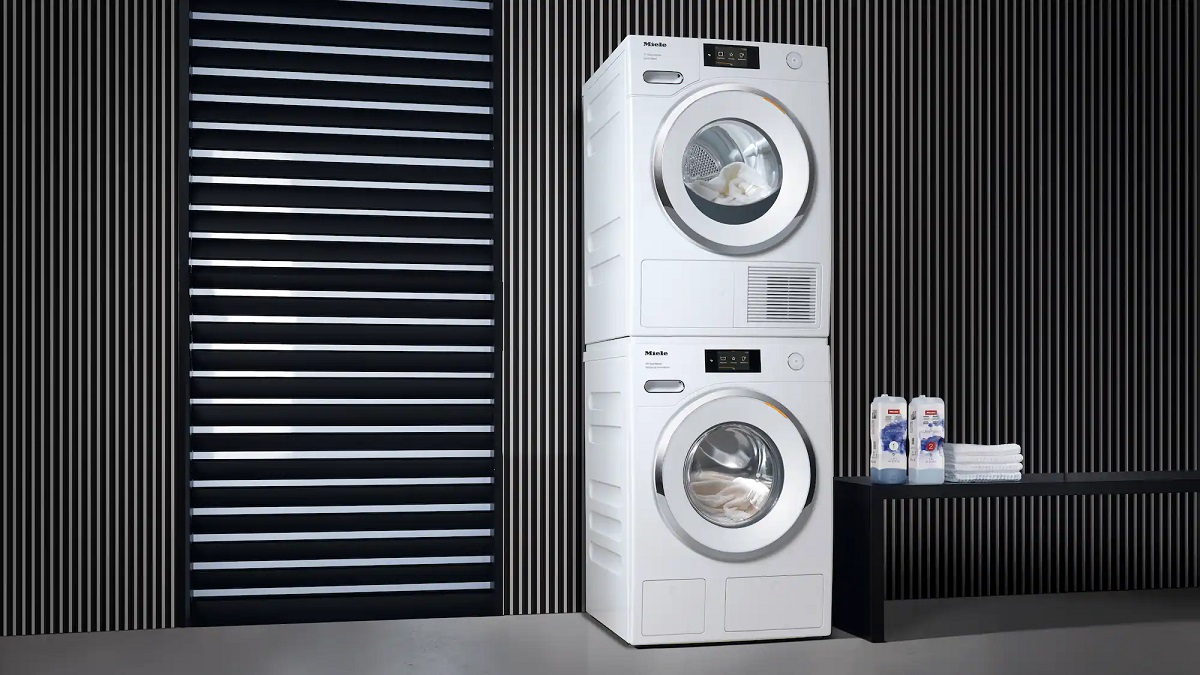


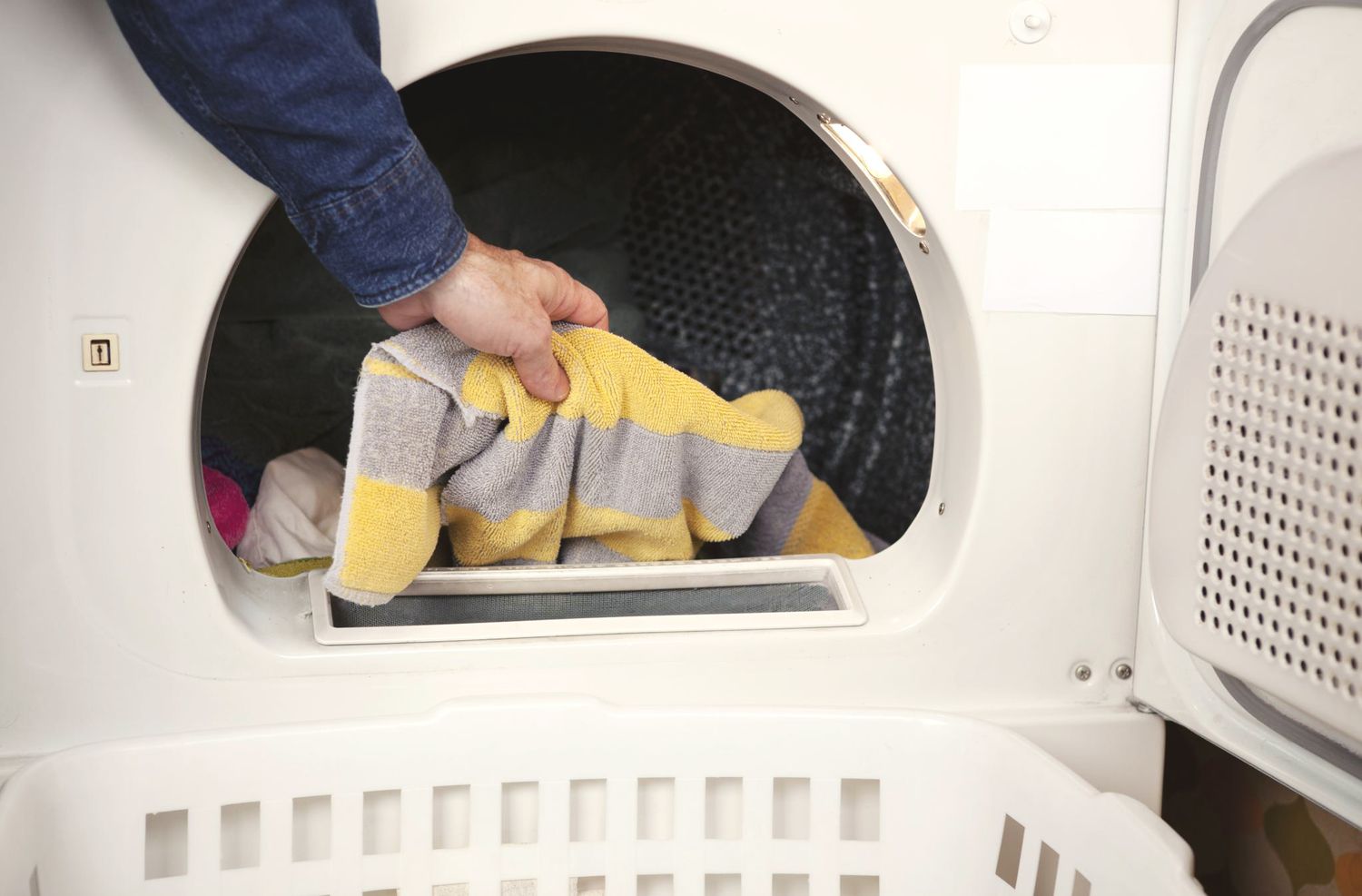



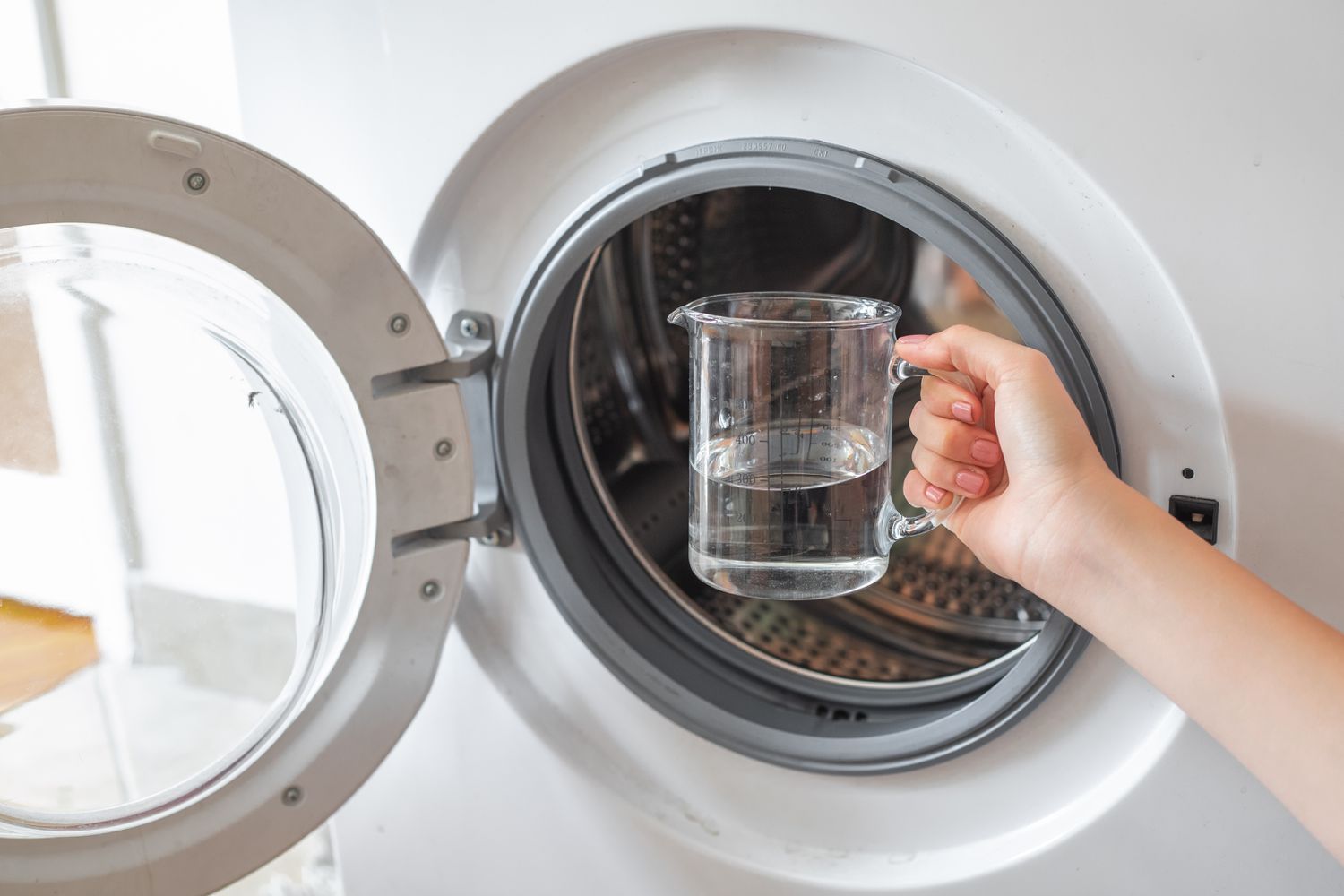
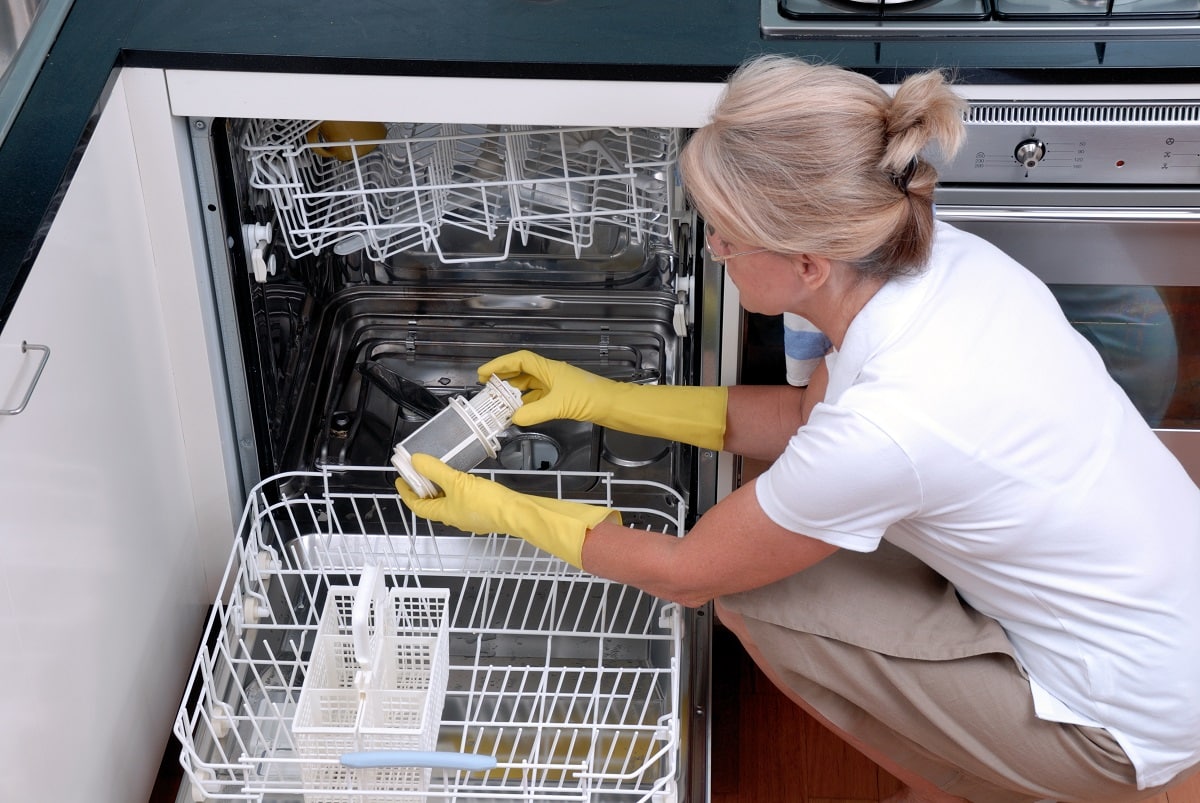
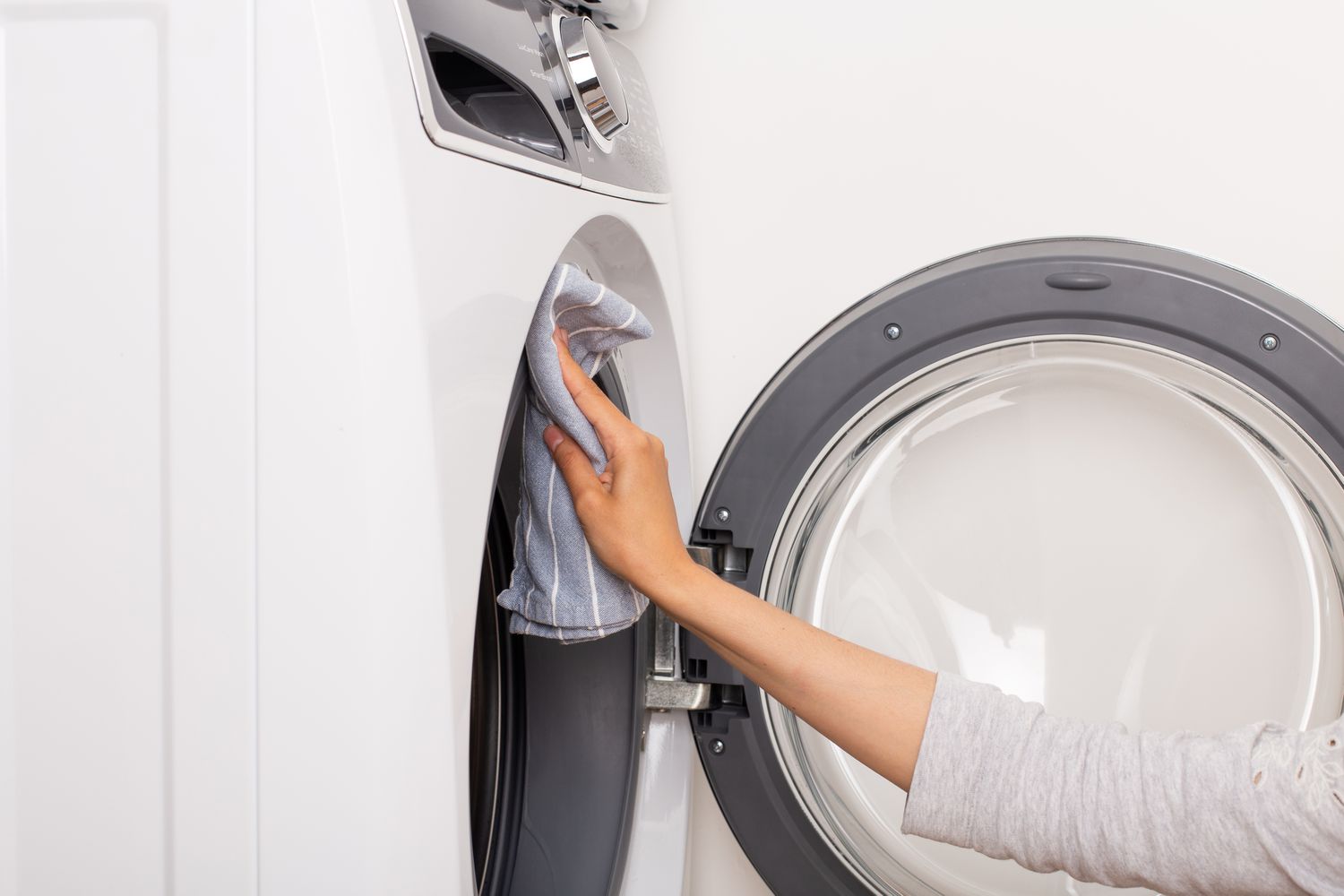
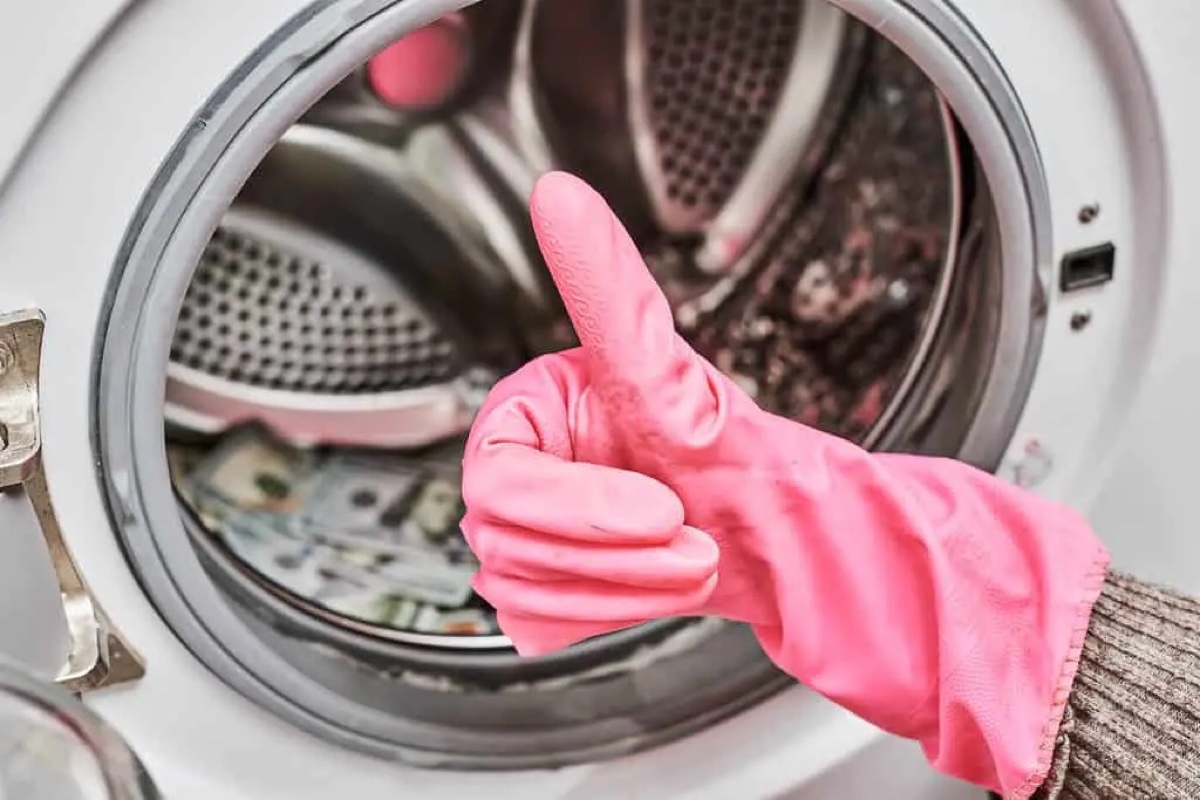
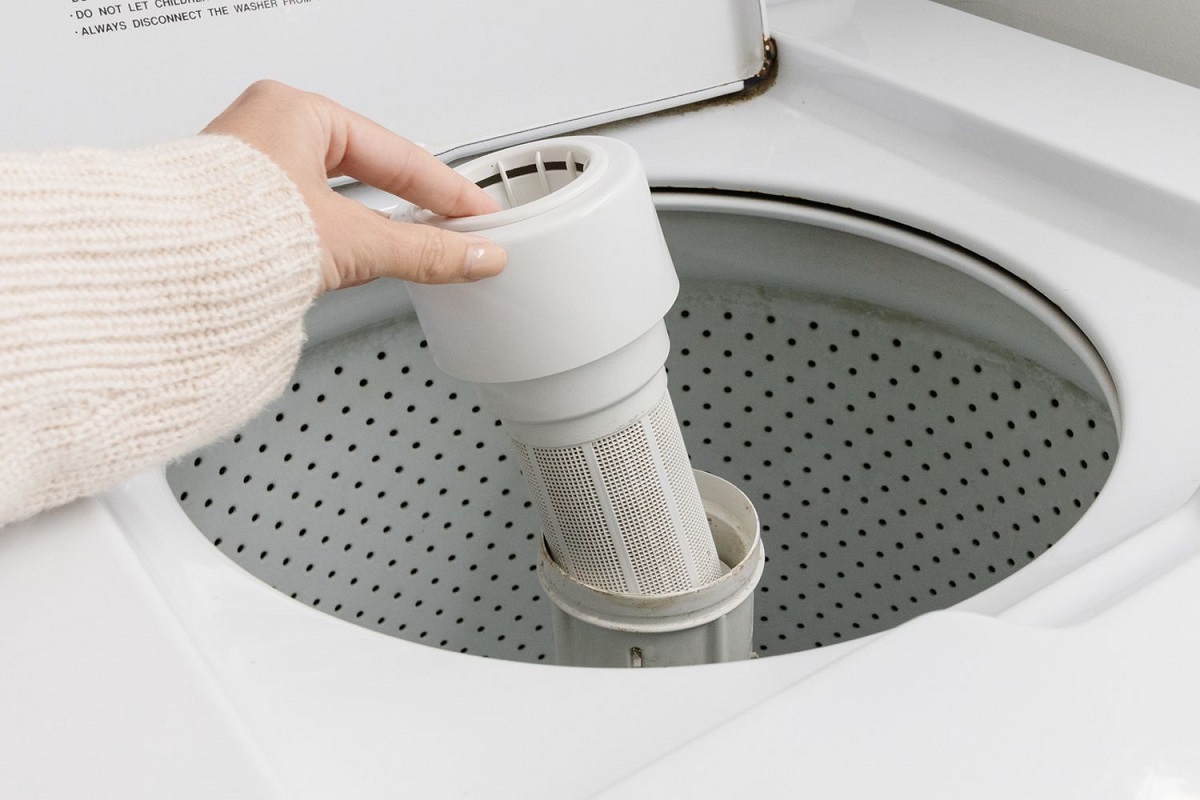
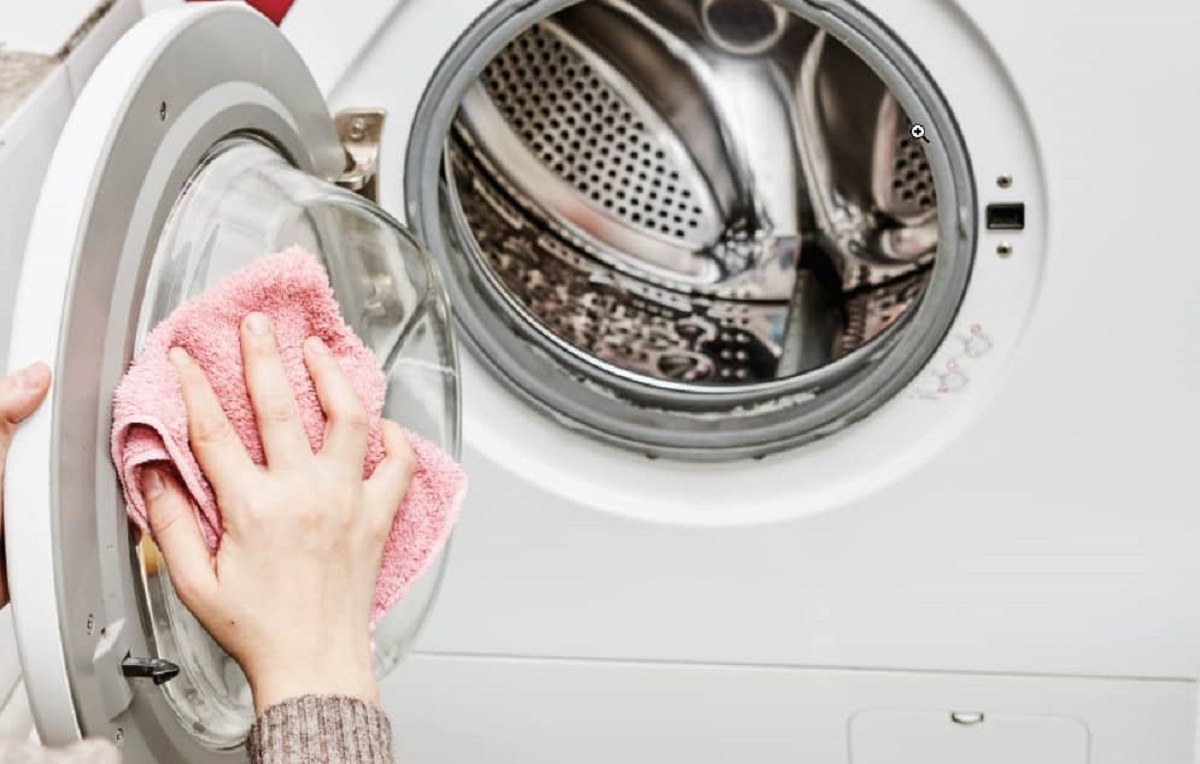

0 thoughts on “How To Clean Washer And Dryer”